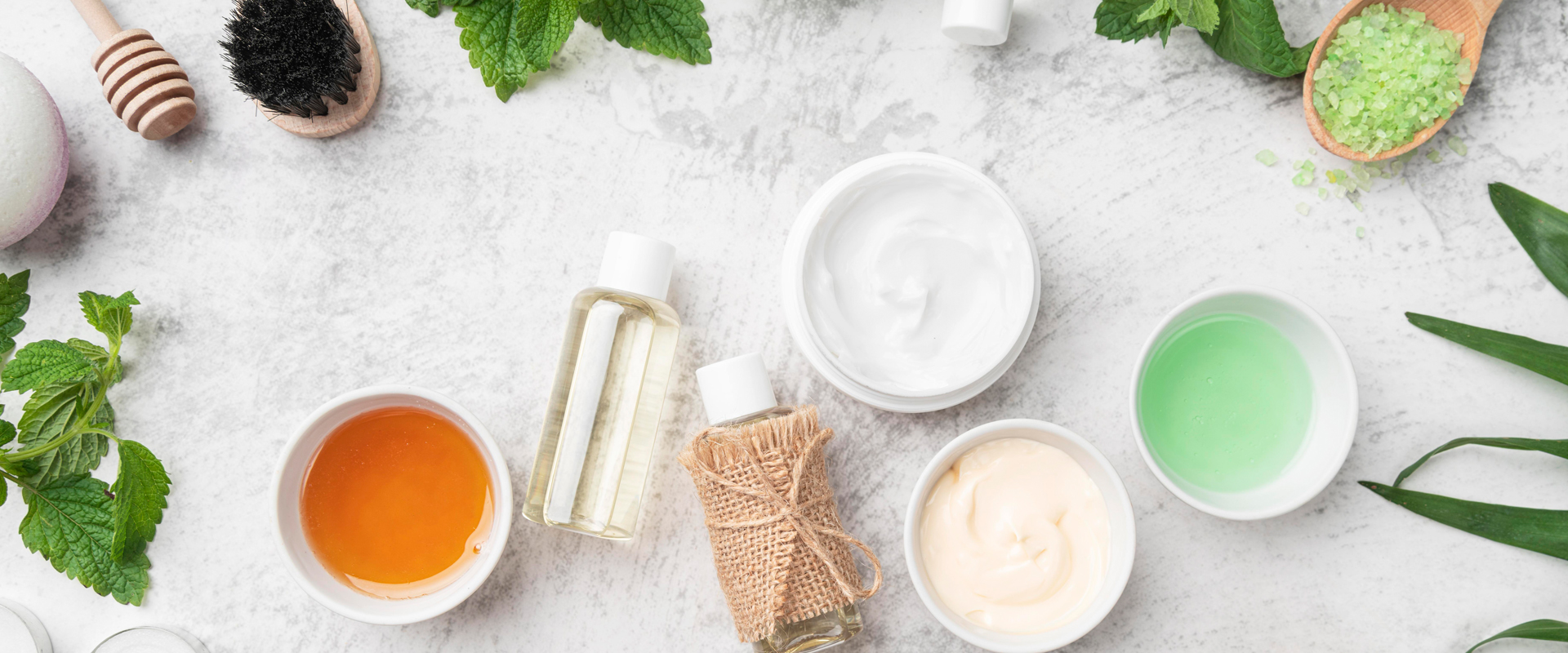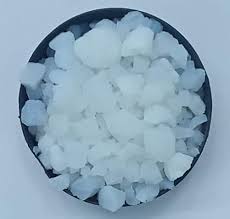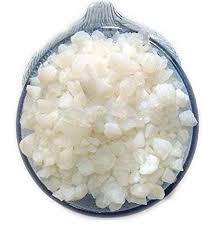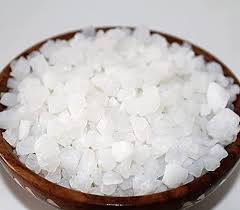
Historic References of Banslochan in Ayurvedic Texts
India’s rich tradition of healing through Ayurveda is rooted in centuries of observation, experience, and scriptural knowledge. Among the many powerful herbs and minerals mentioned in Ayurvedic literature, Banslochan—a crystalline exudate derived from female bamboo—holds a significant yet often overlooked place. Known by names such as Tabasheer, Vanshlochan, and Tvakshira, Banslochan is praised for its cooling, strengthening, and rejuvenating qualities.
In this article, we will delve into the historical references of Banslochan in ancient Ayurvedic texts, understand its therapeutic uses as documented by renowned sages, and explore how this ancient knowledge continues to guide modern holistic practices.
Long Description
What is Banslochan? A Traditional Overview
Banslochan, also called Tvakshira in Sanskrit, is a translucent, mineral-rich substance found within certain species of bamboo (Bambusa arundinacea and others). It is not merely a by-product but a highly regarded herbomineral substance that holds both nutritional and medicinal value.
Unlike herbal powders derived from leaves or roots, Banslochan is a natural siliceous exudate, which Ayurveda considers a cooling, tonic agent used for treating imbalances related to Pitta and Vata doshas.
Names of Banslochan in Ancient Texts
Ayurvedic scriptures and commentaries refer to Banslochan with different names:
Tvakshira – meaning “bark milk” or sap-like exudate from bamboo
Vanshlochan – derived from “Vansh” (bamboo) and “Lochan” (sight or essence)
Tabasheer – Arabic-Persian influence, later adopted in Unani medicine
Bamboo manna – as referenced in early colonial Ayurvedic interpretations
These names highlight its importance in cross-cultural healing systems and point to its wide use in classical Ayurvedic pharmacology.
Historic Mentions in Ayurvedic Granthas (Texts)
- Charaka Samhita
Though Banslochan is not directly mentioned under its modern name in Charaka’s classifications, its qualities and uses appear under the broader category of Rasayana (rejuvenators).
Attributes: Cooling (Shita), Strengthening (Balya), Sweet (Madhura Rasa), Heavy (Guru)
Use Case: Recommended as a rejuvenator for the elderly, weak, or individuals recovering from chronic fatigue or fever.
Interpretation: It is often grouped with herbs and minerals that promote longevity, vitality, and tissue nourishment.
- Sushruta Samhita
In Sushruta Samhita, known for surgical practices and detailed pharmacological formulations, Banslochan is referred to under Dravya Guna Shastra (Science of Substance Properties).
It is listed as a supplemental mineral substance for enhancing the efficacy of other herbs.
Used in formulations that support reproductive health, bone density, and skin radiance.
Key Insight: Sushruta emphasizes its role in Shukra Dhatu enhancement (reproductive tissue), showing its value in fertility, sexual health, and vitality.
- Bhavaprakasha Nighantu
This medieval Ayurvedic Materia Medica is a treasure trove of detailed herb profiles. Banslochan appears here with specific references:
Sanskrit Name: Tvakshira
Rasa (Taste): Madhura (Sweet)
Virya (Potency): Shita (Cooling)
Vipaka: Madhura (Sweet post-digestive effect)
Karma (Action): Pittashamak, Balya, Rasayana, Vrishya (aphrodisiac), and Sothahara (anti-inflammatory)
Quoted Use: “Tvakshira Pittam Nihanti” – Tvakshira neutralizes excessive Pitta, making it valuable for fevers, hyperacidity, and bleeding disorders.
- Raja Nighantu
This text classifies Banslochan as an important Rasayana Dravya with unique cooling and nourishing properties.
Especially mentioned for supporting lactation in postnatal women
Acts as a brain tonic, making it useful in pediatric formulations as well
Described as beneficial for burning sensations, ulcers, and dryness
Cultural Reference: In some verses, Banslochan is linked to spiritual calmness and sattvic qualities, aligning it with Ayurvedic ideals of inner harmony.
- Sharangdhar Samhita
This classical compilation includes Banslochan in several compound formulations (Yogas) used for:
General debility
Blood purification
Burning sensations in the body
Emotional imbalance due to Pitta aggravation
It recommends the combination of Banslochan with Praval Pishti and Shankh Bhasma for managing acidity and heartburn naturally.
Traditional Ayurvedic Formulations Including Banslochan
Several classical Ayurvedic formulations have included Banslochan for centuries. Some prominent examples include:
- Sitopaladi Churna
Contents: Mishri (sugar), Vanshlochan, Pippali, Ela, Twak
Use: Respiratory disorders, cough, sore throat, allergies
Function of Banslochan: Acts as a mucous membrane soother and balances heat in the lungs
- Swarn Bhasma + Vanshlochan Mixture
Use: Rejuvenation, memory enhancement, vitality
Audience: Often given to recovering patients or elderly individuals
- Balya Rasayanas for Children
Banslochan is used in pediatric tonics with Ashwagandha, Brahmi, and Licorice
Helps in building strength, improving appetite, and calming the nervous system
- Female Reproductive Tonics
Mixed with Shatavari, Safed Musli, and Guduchi
Given to women after childbirth to promote healing and increase milk supply
Known for its Shatavari-yukt Balya Karma (enhancing female strength and vitality)
Therapeutic Applications According to Ancient Ayurvedic Theory
Dosha Action of Banslochan
Pitta Cooling, anti-inflammatory, calming
Vata Nourishing, stabilizing, grounding
Kapha Mildly balancing, especially in dry-type Kapha disorders
Dhatu (Tissue-Level) Support
Rasa (Plasma): Hydrates and cools the system
Rakta (Blood): Purifies and reduces internal heat
Shukra (Reproductive Tissue): Builds quality and strength
Mamsa (Muscle): Strengthening in chronic weakness
Karma (Actions) as per Classical Ayurveda
Pittashamak: Controls excessive heat and acidity
Vrishya: Aphrodisiac effect, enhancing fertility
Rasayana: Rejuvenates and supports longevity
Balya: Provides strength and stability
Trishna Nigrahana: Quenches abnormal thirst
Stanya Janan: Promotes lactation in postpartum care
Banslochan in Modern Ayurvedic Practice
Today, Ayurvedic doctors continue to prescribe Banslochan for:
Respiratory care – in dry coughs, sore throats, and heat-induced asthma
Skin care – in detox packs and herbal face masks
Reproductive wellness – in tonics for both male and female fertility
Mental health – to calm the nervous system and reduce anxiety
Its adaptogenic and nourishing nature makes it suitable for a wide range of patient profiles, including children, elderly individuals, postpartum women, and those recovering from chronic illness.
Safety and Usage Guidelines
Daily dosage: 250–500 mg for adults, lower for children
Forms: Powder (Churna), part of herbal mixtures, tablets
Contraindications: Excessive use may cause sluggish digestion due to its heavy nature
Source caution: Always source from reputable Ayurvedic suppliers for purity and potency
Conclusion
The historical and textual significance of Banslochan in Ayurvedic literature reflects its powerful healing capabilities and its honored place in India’s traditional wellness systems. From being a part of ancient formulations like Sitopaladi Churna to being praised for its balya (strength-giving) and pittashamak (heat-reducing) properties, Banslochan proves to be a timeless remedy.
By studying these classical references, we not only gain insight into the ancient healing wisdom of Ayurveda but also revive the use of natural substances that can support us in today’s stress-laden, fast-paced lives. With its strong foundations in Samhitas and Nighantus, Banslochan continues to inspire practitioners and researchers who are working to preserve India’s rich Ayurvedic heritage.









